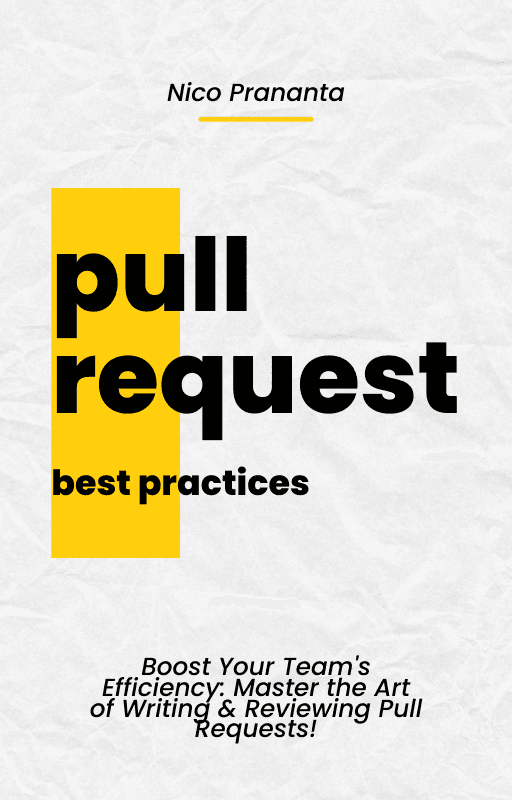- Published on
PostgreSQL's jsonpath
Navigate JSON data like a pro
- Authors
- Name
- Nico Prananta
- Follow me on Bluesky
As a web and iOS developer, I often discover valuable features in PostgreSQL that can greatly improve our applications. One such feature is jsonpath, which allows us to query and manipulate JSON data directly in the database. PostgreSQL introduced jsonpath in version 12. It combines the flexibility of JSON with the strength of PostgreSQL.
Getting Started with jsonpath
jsonpath is like XPath for XML but made for JSON. It has a query language that helps developers find specific elements in a JSON document stored in a PostgreSQL table. This ability is not just for getting data, but for doing it accurately and efficiently. It lets you easily perform complex queries on JSON data.
It uses a simple syntax, starting with the $ symbol to represent the root of the JSON document. You can access specific properties by using the $.name syntax. If you have an array, like a list of users, you can access specific elements by using the index, like $.users[0].name. jsonpath is especially useful when working with nested data structures.
Practical Applications
Imagine working with a user_profiles table that includes a profile column in JSONB format. Querying users from Switzerland becomes as simple as:
SELECT profile
FROM user_profiles
WHERE profile @> '{"country": "Switzerland"}'::jsonb;
But jsonpath shines with more complex queries. Need to find friends over 30 in user profiles?
SELECT jsonb_path_query(profile, '$.friends[*] ? (@.age > 30)')
FROM user_profiles;
Or perhaps extracting the city from a user's address is your goal:
SELECT jsonb_path_query_first(profile, '$.address.city') AS city
FROM user_profiles;
These examples only scratch the surface of what it can do.
Why use jsonpath in PostgreSQL?
- jsonpath queries extract exactly what you need. They reduce data overhead and improve query efficiency.
- jsonpath handles complex queries with ease. You can use it to filter arrays based on conditions or to extract nested data.
- It works well with JSONB. It uses its speed benefits, like faster queries and indexes.
Considerations
Mastering jsonpath has its challenges. The syntax and capabilities are like transitioning from basic SQL to more advanced queries. Developers should also mind performance when using JSONB and jsonpath. This is especially true with large datasets. Indexing and query optimization are important for maintaining performance.
Wrapping Up
By adding jsonpath, PostgreSQL makes it easier to manipulate complex data and offers new ways to query and analyze data. Whether you're building a website or handling big datasets, it's worth exploring jsonpath in PostgreSQL.
Are you working in a team environment and your pull request process slows your team down? Then you have to grab a copy of my book, Pull Request Best Practices!
Image
